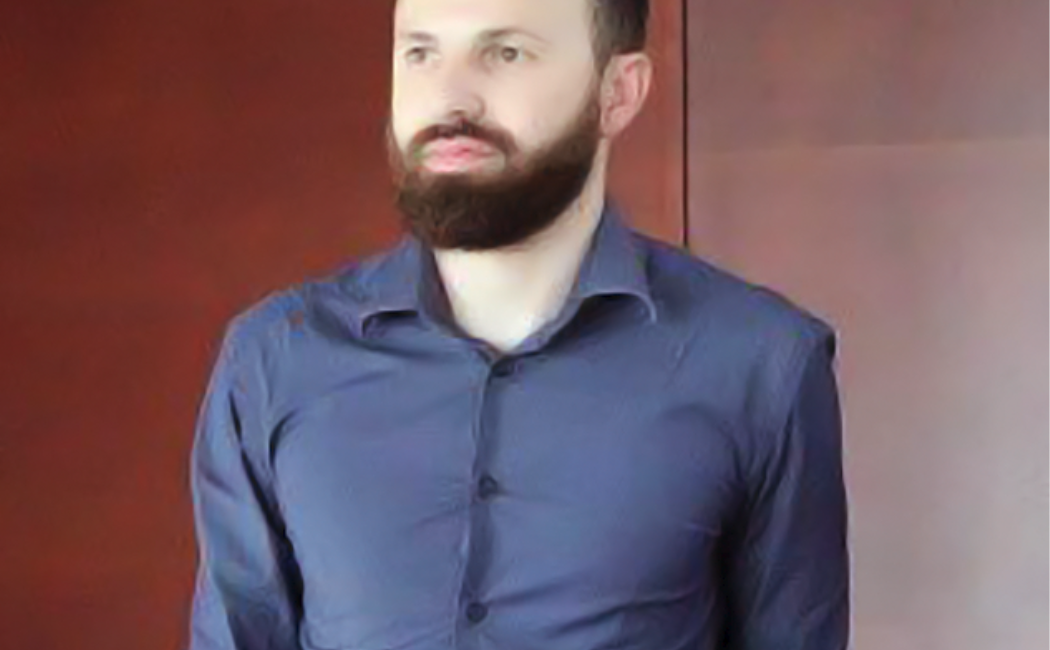
Abstract:
Conversion of light into electric or chemical energy is undoubtedly a very attractive solution for the global energy problem.1-3 Analogously storage of solar energy into chemical fuels through the development of efficient photoelectrochemical cells (PECs) opens the route for new and environmentally friendly energy sources. Last generation PECs are directly related to the dye-sensitized solar cell, functioning as an artificial leaf utilizing molecular assemblies that both absorb light and catalyze water oxidation at the photoanode and proton reduction at the cathode.1
Of course, the development of efficient artificial leaves relies on the subtle combination of the electronic structure of molecular assemblies able to absorbing sunlight, converting light energy into electrochemical potential energy and finally transducing it into chemical accessible energy.1,2
The electronical design of these charge transfer molecular machine is crucial to build up a complex supramolecular architecture for the light energy conversion.
In this contribution, we will introduce the theoretical characterization from a structural, energetic and reactive point of view of very promising recently synthetized molecules, suitable for the application in PEC devices as artificial molecular reaction center and water oxidation catalysis (WOC).4,5
In summary, the whole excited state decay pathways of a molecular triad were completely simulated. The molecular driving forces of the various charge transfer steps were successfully caught giving very important insights to support the future design strategies of such molecular assays. Moreover, we provide clear evidences on the formation of the final charge separated state never achieved up to now from an experimental point of view.6 We also characterized the catalytic water splitting cycle of a new proposed water oxidation catalyst based on a calcium-tetra manganese complex, recently developed by Zhang and co-workers.5
In spite of promising structural similarities to the native oxygen evolving complex (OEC) in Photosystem II, several uncertainties on the mimic stability in water and on its potential catalytic activity still persist. We characterized at density functional theory level the electronic and structural features of the Sn states of the complex, along with the oxygen−oxygen bond formation reaction, proposing a reasonable model for the hydrate complex. As a main finding, both the synthetic compound and the natural OEC show very close energetic barriers for the oxo-oxyl coupling process, suggesting that key electronic features of the natural OEC reactivity are well reproduced.7 This result strongly encourages the use of this synthetic complex in combination with other molecular assemblies for the design of successful artificial leaves.
Biography Dr. Umberto Raucci:
The scientific career of Dr. Umberto Raucci has been mainly focused on the theoretical investigation of charge transfer processes for the sunlight energy conversion. These types of mechanisms were investigated by Dr Raucci since his Master thesis performed under the supervision of the Prof. Nadia Rega at the University of Naples, where he tested the accuracy of density functional theory and different solvent models to describe proton coupled electron transfer reactions in condensed phase. For this study, Dr. Raucci won the Luigi Gomez-Paloma prize of the Italian Chemical Society for the best master thesis in chemistry 2012.
In 2013 Dr. Raucci got a position as a Ph.D. student at the Chemical Science Department of the University Federico II of Napoli in the group of Prof Nadia Rega to set up a computational protocol for the study of molecular assays suitable for the artificial photosynthesis. In his Ph.D. thesis, entitled "Modeling Artificial Leaf", different component of Photoelectrochemical cells were successfully investigated providing new insights to support their future design strategies. For this work Dr. Raucci won the Guido Barone prize of the Italian Chemical Society for the best Ph.D thesis in chemistry 2016.
From 2016 Dr. Raucci, has a Post-Doc position at the University Federico II of Napoli, where he is studying by means of ab initio molecular dynamics charge transfer processes in water and non-aqueous solvents.